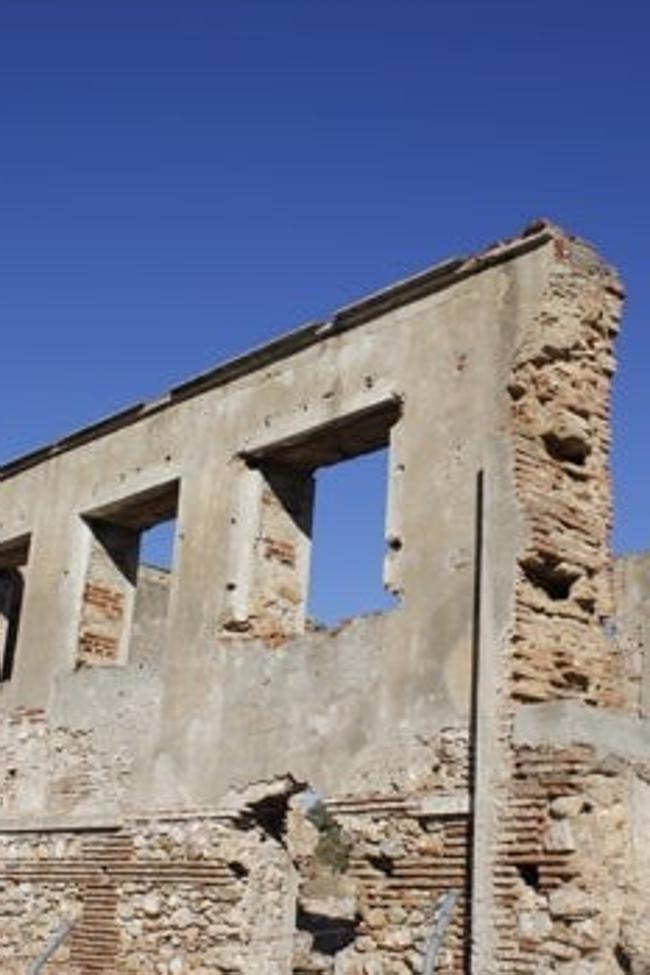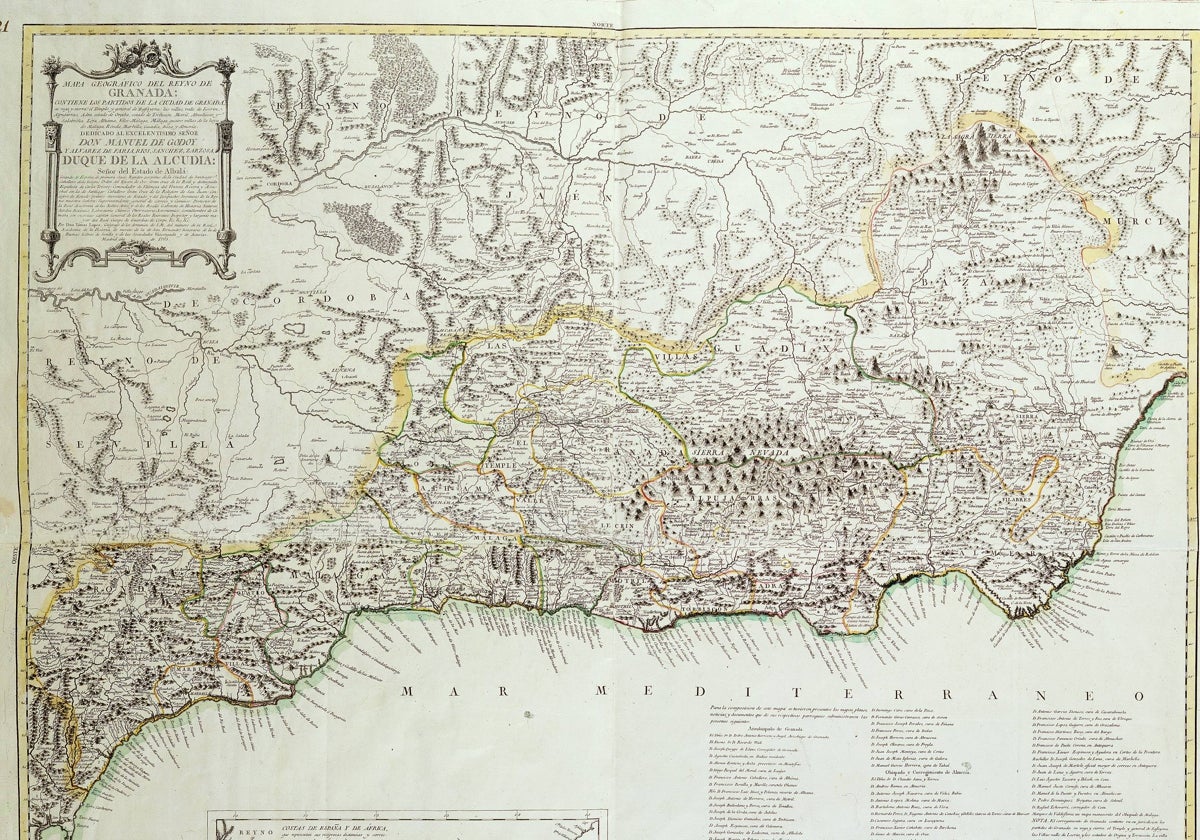Confusion over the names of the two Alhaurins in the 18th century
The uncertainty around the place names meant that, during the reign of Carlos III, clarification was requested as to which was 'el Grande' and which was 'de la Torre'
Around 13 kilometres separate Alhaurín de la Torre from Alhaurín el Grande in Malaga province. The two towns, popular with hikers and cyclists, are connected by mountains and their shared histories. They have always been linked and for a long time, they were even confused.
When the Reyes Católicos conquered Malaga, the municipality that bears the name of the watchtower (de la Torre) was known as Laolin or Alahulin, among other variants; while Alhaurín el Grande was known as Alaorin. An expert revealed this information: councillor and historian of Alhaurín de la Torre, José Manuel de Molina, former coordinator of the Julián Sesmero Ruiz study and research centre.
In the archives, it appears that in 1535 Alhaurín el Chico - the one with the tower - was also known as Alaulinejo or Alhaurinejo. At that time, it was a suburb of the provincial capital and the diminutive '-ejo' distinguished it from the other Alhaurín, which was a town, while the small one was just a 'lugar'. This term is used for towns that are smaller than 'villas', but larger than 'pueblos'. For context, this 16th-century classification included, for example, Churriana, Fuengirola, Maro, Moclinejo and Pizarra, as stated by De Molina in his book: Episodios y Alcaldes de Alhaurín de la Torre (Episodes and Mayors of Alhaurín de la Torre), 2019.

To explain the allusion to military architecture in the name, references can be found on 17 July 1489, when Isabel la Católica's cook, Toribio de la Vega, received a mill with a watchtower on top. This nomenclature can also be attributed to the existence of dozens of tower farmhouses forming an Arab structure, including a defensive enclosure and a farm, which nowadays gives its name to a neighbourhood in Alhaurín de la Torre (Torrealquería).
Turning point
Confusion between the place names was a daily issue. It became so problematic that in the reign of Carlos III, it was an obstacle for geographer Tomás López, who set out to map the whole country.
To ensure accuracy, he asked the parish priests to collaborate, "as they were well-educated and knowledgeable people in their respective parishes" (De Molina). The priest of Alhaurín el Grande, Manuel Justo Cornejo, replied to the questionnaire sent by the royal technician and clarified the boundaries in a letter towards the end of the 18th century. "To the east of this town you walk towards Malaga. After a league and a half you pass the Hondo stream, which is half a league away from the stream of El Valle, and a league further on you pass the river of Malaga by boat. A league from our town, in the same direction, a path separates from the royal road, which, after another league, leads to the village of Alhaurín de la Torre. It is half a mile from here to El Retiro, which is a famous estate in this territory for the great number and beauty of its fountains (...) All this territory is made up of farmhouses and olive groves. The town of Coín is very pleasant and beautiful, its orchards are almost innumerable. There are no less than 800 in Alhaurín [el Grande]. There are also some in Alhaurín de la Torre, which is 2 leagues from this town. There is an abundance of springs whose waters are very pure and thin."
Explanations by the priest
The priest also had to explain Alhaurín de la Torre and its several names: "I am happy to satisfy your Excellency that Alaurinejo and Alhaurín de la Torre are one and the same place, but its true and proper name is the latter, which, as I said to you in my report, is two leagues to the east of this town". "The author of the map of the kingdom of Granada should correct the locations of many places in this Bishopric which are not correct, and not duplicate places such as Alhaurinejo and Alhaurín de la Torre, being no more than one place with two names which the common people call Alhaurinejo, and its name Alhaurín de la Torre is different from another which they call El Grande, with Alhaurins being not three but two," he concluded in another clarification.
Nowadays, in terms of population, Alhaurín de la Torre is larger than El Grande, with almost 50,000 in the former and approximately half that in the latter. The proximity to the airport and to Malaga city has attracted a greater population and expanded the urban area of the former Alhaurinejo.


Comentar es una ventaja exclusiva para registrados
¿Ya eres registrado?
Inicia sesiónNecesitas ser suscriptor para poder responder.
Necesitas ser suscriptor para poder votar.